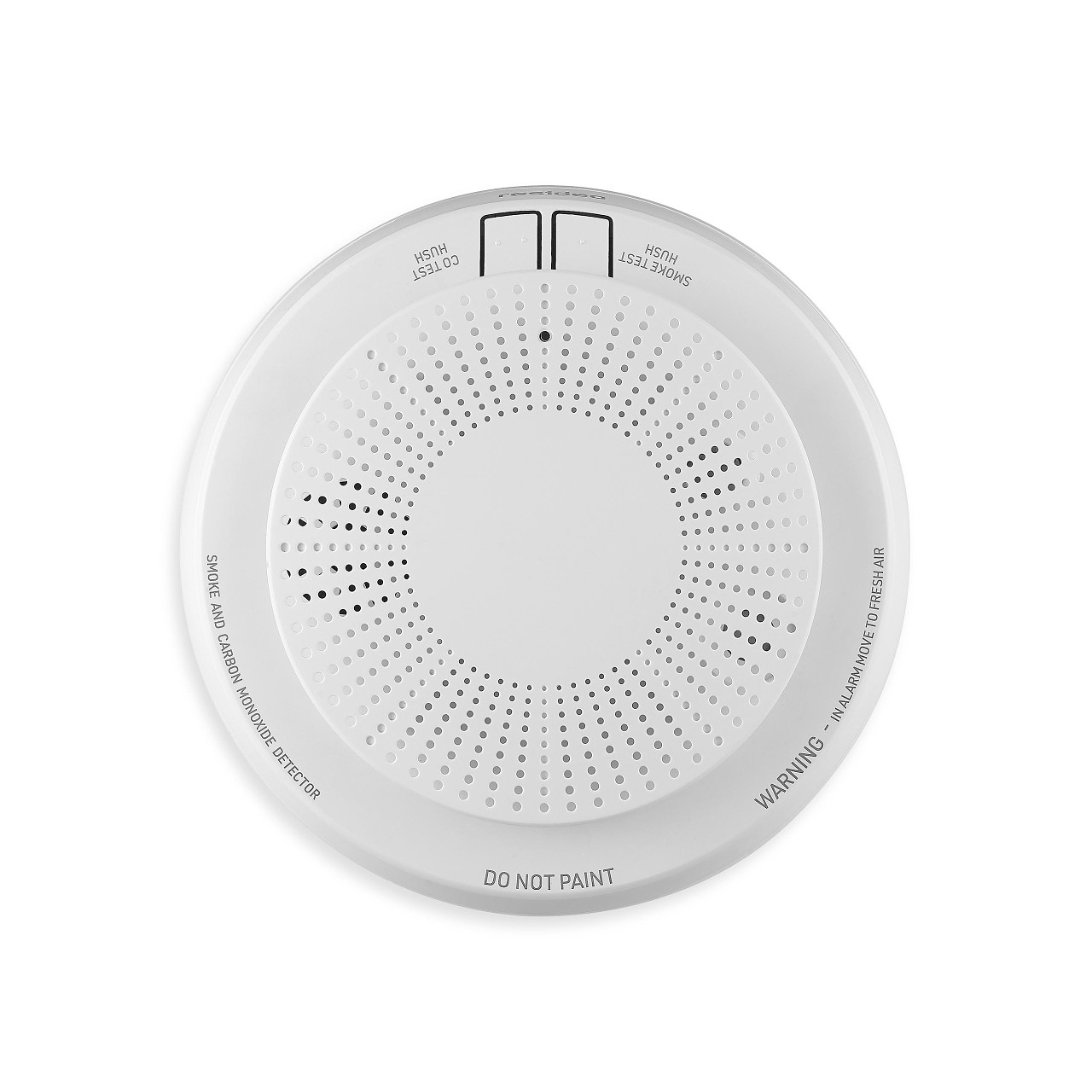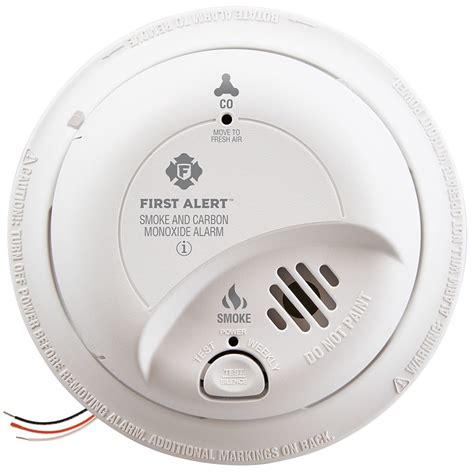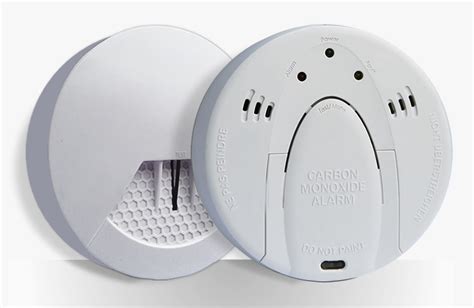Smoke and carbon monoxide detectors are crucial safety devices that help protect lives and property from the dangers of fire and carbon monoxide poisoning. According to the National Fire Protection Association (NFPA), smoke detectors should be installed on every level of a home, inside each sleeping room, and outside each sleeping area. Similarly, carbon monoxide detectors should be installed on every level of a home and near sleeping areas. The importance of these detectors cannot be overstated, as they provide early warning systems for potential hazards, allowing individuals to take prompt action to prevent harm.
The technology behind smoke detectors has evolved significantly over the years. Modern smoke detectors use advanced sensors and algorithms to detect smoke particles and differentiate between various types of smoke. For instance, photoelectric smoke detectors use a light source and a photocell to detect smoke particles, while ionization smoke detectors use a small amount of radioactive material to detect the ions produced by smoke. Dual-sensor smoke detectors, on the other hand, combine both technologies to provide enhanced detection capabilities. According to a study by the NFPA, dual-sensor smoke detectors are more effective at detecting smoldering fires, which are responsible for a significant percentage of home fire deaths.
Key Points
- Smoke detectors should be installed on every level of a home, inside each sleeping room, and outside each sleeping area.
- Carbon monoxide detectors should be installed on every level of a home and near sleeping areas.
- Dual-sensor smoke detectors are more effective at detecting smoldering fires.
- Carbon monoxide detectors can help prevent carbon monoxide poisoning, which can be fatal.
- Regular maintenance and testing of smoke and carbon monoxide detectors are crucial to ensure their effectiveness.
Types of Smoke Detectors

There are several types of smoke detectors available, each with its own strengths and weaknesses. Photoelectric smoke detectors are generally more effective at detecting smoldering fires, while ionization smoke detectors are better at detecting fast-flaming fires. Dual-sensor smoke detectors, as mentioned earlier, combine both technologies to provide enhanced detection capabilities. Additionally, there are also smart smoke detectors that can be connected to the internet and provide real-time notifications and alerts. These smart detectors can also be integrated with other smart home devices, such as thermostats and security systems, to provide a more comprehensive home safety system.
Carbon Monoxide Detectors
Carbon monoxide detectors are designed to detect the presence of carbon monoxide, a colorless, odorless, and tasteless gas that can be deadly in high concentrations. Carbon monoxide is produced by incomplete combustion of fossil fuels, such as gasoline, natural gas, and propane. According to the Centers for Disease Control and Prevention (CDC), carbon monoxide poisoning is responsible for hundreds of deaths and thousands of hospitalizations each year. Carbon monoxide detectors use sensors to detect the presence of carbon monoxide and sound an alarm when high levels are detected. Some carbon monoxide detectors also have additional features, such as digital displays and memory recall, which can help individuals track carbon monoxide levels over time.
| Type of Detector | Description | Effectiveness |
|---|---|---|
| Photoelectric Smoke Detector | Uses a light source and a photocell to detect smoke particles | More effective at detecting smoldering fires |
| Ionization Smoke Detector | Uses a small amount of radioactive material to detect the ions produced by smoke | More effective at detecting fast-flaming fires |
| Dual-Sensor Smoke Detector | Combines photoelectric and ionization technologies | More effective at detecting both smoldering and fast-flaming fires |
| Carbon Monoxide Detector | Uses sensors to detect the presence of carbon monoxide | Effective at detecting high levels of carbon monoxide |

Installation and Maintenance

Proper installation and maintenance of smoke and carbon monoxide detectors are critical to ensuring their effectiveness. Detectors should be installed on every level of a home, inside each sleeping room, and outside each sleeping area. They should also be installed near cooking appliances, fireplaces, and heating systems, as these areas are more prone to fires and carbon monoxide production. Regular maintenance includes replacing batteries, cleaning detectors, and testing them monthly to ensure they are working properly. Additionally, detectors should be replaced every 10 years or according to the manufacturer’s instructions.
Best Practices
There are several best practices to follow when it comes to smoke and carbon monoxide detectors. Firstly, it’s essential to choose detectors that meet the standards of reputable organizations, such as Underwriters Laboratories (UL) or the International Association of Fire Fighters (IAFF). Secondly, detectors should be installed by a qualified professional to ensure they are installed correctly. Thirdly, regular testing and maintenance should be performed to ensure detectors are working properly. Finally, it’s essential to educate household members on the importance of smoke and carbon monoxide detectors and how to respond in case of an emergency.
What type of smoke detector is most effective at detecting smoldering fires?
+Dual-sensor smoke detectors are most effective at detecting smoldering fires, as they combine photoelectric and ionization technologies.
How often should smoke and carbon monoxide detectors be tested?
+Smoke and carbon monoxide detectors should be tested monthly to ensure they are working properly.
What are the symptoms of carbon monoxide poisoning?
+The symptoms of carbon monoxide poisoning include headache, dizziness, nausea, and confusion. In severe cases, it can lead to loss of consciousness and even death.
Meta Description: Learn about the importance of smoke and carbon monoxide detectors, including types, installation, and maintenance. Get expert insights on how to protect your home and family from fire and carbon monoxide hazards.
